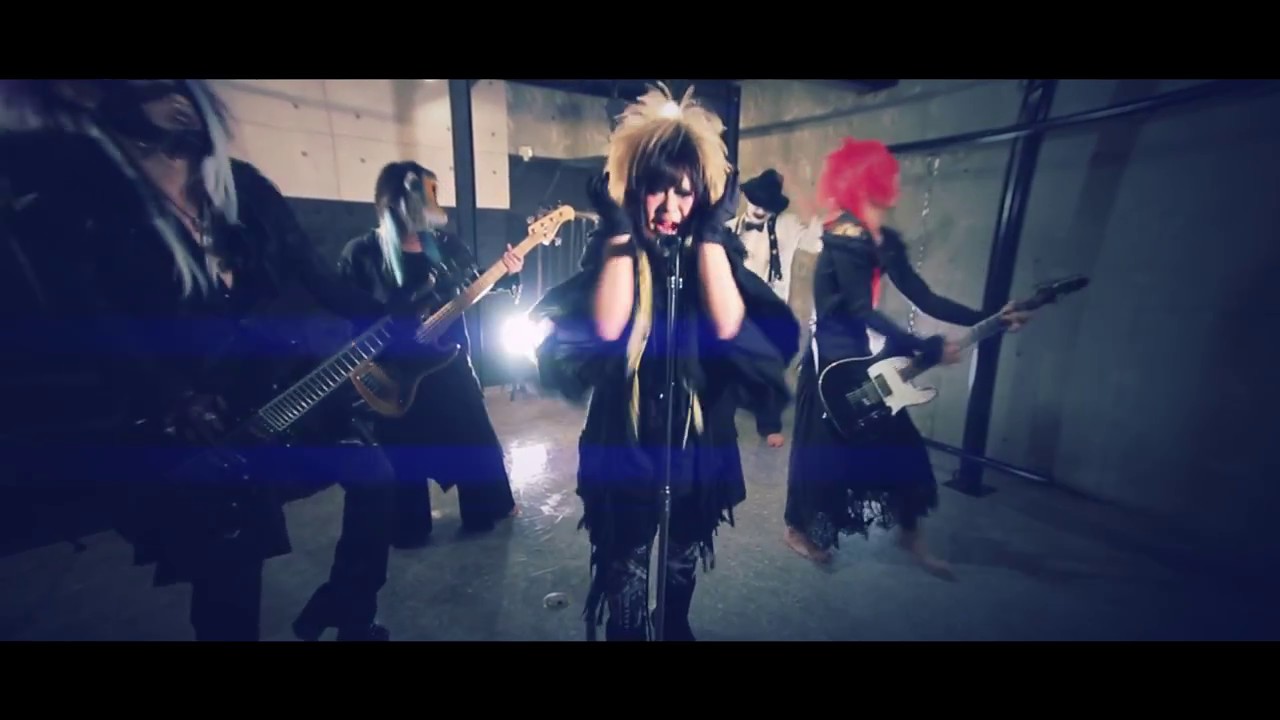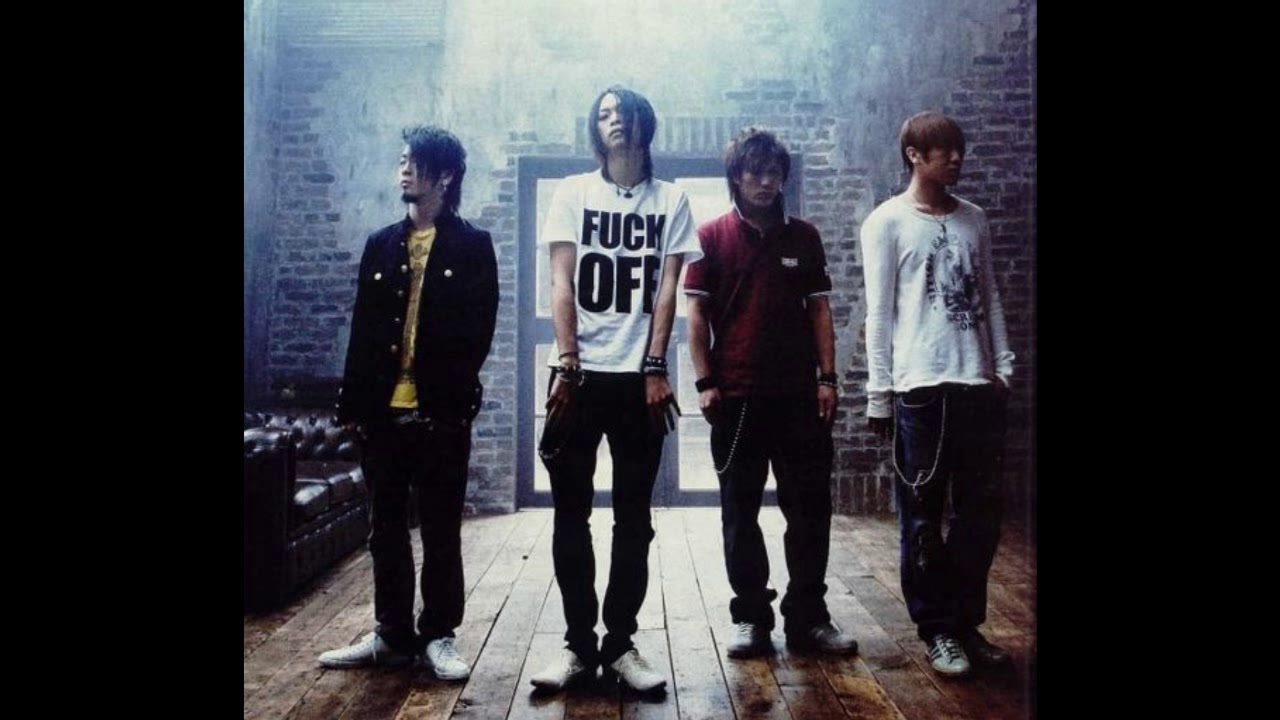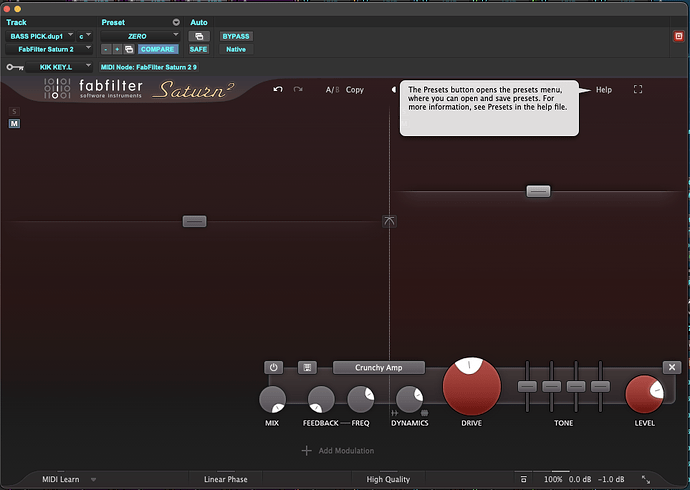It’ll be a mix of things, usually, and there’s a few ways to get this sort of sound!! I call it the “clank” haha. Sometimes it is slap (Toshiya and Fieldy both slap a LOT), but you’re correct that it isn’t all slap, and can be achieved other ways 
First, fresh strings are a must. While the primary function of the bass is to fill out the lower frequencies in a mix, the way a bass is heard will be greatly reliant on harmonics and overtones in the midrange, and dull strings will lose all of the clarity in that area.
Second, some sort of amp tone is a major help. You can get the tone with a bass DI, but it will take a lot more work. Using an amp or an amp simulator can do a lot of the initial shaping of the bass sound. Turning the treble up on the bass amp will help push the clank out (what’s labeled ‘treble’ on bass amps is usually more focused in the upper midrange). A tiny bit of distortion can also help a lot, especially if you’re able to blend it with the clean signal. A typical trick in metal production is to duplicate the bass track, have one completely clean and with everything above 200-250Hz filtered out, then heavily compressed to give a very stable, clean low end. The duplicated track will have some distortion, then everything BELOW that frequency range filtered out (distorting the signal before filtering will help bring out the upper harmonics of the low frequencies before you filter the rumble out). Blend these two tracks to taste. You don’t need to go over the top with the distortion, you don’t want to flatten out the dynamics of that clank entirely - just enough to help it cut through a dense mix!
You ask if picking/plucking closer to the bridge will help - I’ve actually found the opposite to be more true. When you pluck close to the bridge, you give the string less room near the bridge to vibrate, and as a result you get a very focused, mid-heavy tone, and a massive drop of the super-lows. As we can hear in these examples, a large low end is just as important to this tone as that metallic clank. Plucking closer to the neck will give the string more room to vibrate freely, giving more low end. The mid-focus also moves a bit more to the upper mids, helping bring out that clank a bit more. Sometimes mixing in the dry DI signal can also be a nice addition.
Lastly, low string action is also pretty important. Some of the sound comes from the strings rattling against the frets. You don’t want the action so low that you lose sustain on fretted notes, just low enough to get some rattle and buzz.
When you say bass VST’s, I assume you mean a virtual instrument? I’m not SUPER familiar with different options since I play bass myself for my productions, but Loki 2 from Solemn Tones seems to be a really good option, sampled from a Dingwall bass. If you mean amp sims, there’s LOADS of good options out there - I usually use Parallax from Neural DSP, and sometimes combine it in parallel (separate feeds blended together) with a Sansamp- or Ampeg-type plugin.
One can achieve this either with fingers or a pick. I believe Toshiya was still using a pick up until Uroboros, and you can hear it a little buried in songs like Shokubeni, and then you can still hear it all across DSS and Arche. Experiment with both - with picks, try different thicknesses - I’ve found thicker picks like I prefer for guitar round out the top end of the sound and make me lose the clank, whereas thinner picks almost help accentuate it! With fingers, make sure putting strength into the plucks, and possibly push the treble and/or distortion a little bit more.


![DIR EN GREY - 蜜と唾 - Tsumi to Batsu [LSV] [2011 Remake] [HD]](https://cdn.jrockone.com/uploads/default/original/3X/6/f/6fb9281adcaf22ba4779fbbc5bd3094d530f0f09.jpeg)

